Chapter Outline
- 1. Core Principle - Help customers solve problems, not just sell
- 2. Distribution Channels - Forums, social media, and search engines
- 3. Conversion Strategy - Free trials and quality-first approach
- 4. Traffic Monitoring - Google Analytics and user behavior tracking
- 5. CRM Pipeline - Seven-step customer engagement timeline
1. Core Principle
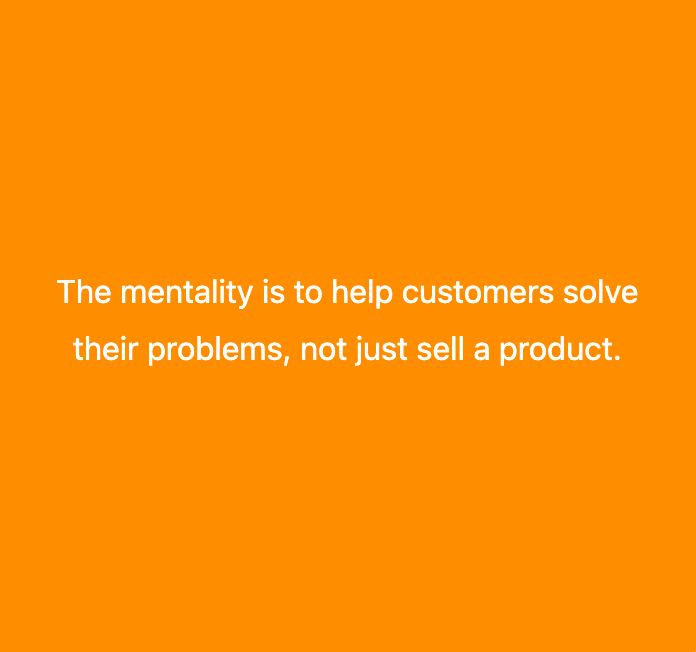

2. Distribution Channels
Multiple distribution channels exist to attract potential customers, but people enter each channel with different intentions and mindsets. I discovered that marketing campaigns become significantly more effective when tailored to match the specific mentality and expectations of users within each channel.
1. Writing Communities
Platforms:

Writing Forums

Reddit Subreddits

Wide for the Win
Why authors come here:
These websites are run for authors. People visit these websites to ask writing questions, share drafts, and seek feedback from beta readers.
How to do marketing here:
- Human Connection: People trust products more when they've talked to me personally
- Peer Understanding: Build stronger trust when they know I'm an indie author too
- Authentic Engagement: Avoid corporate-style marketing campaigns that immediately lose interest
Marketing Campagin Example:
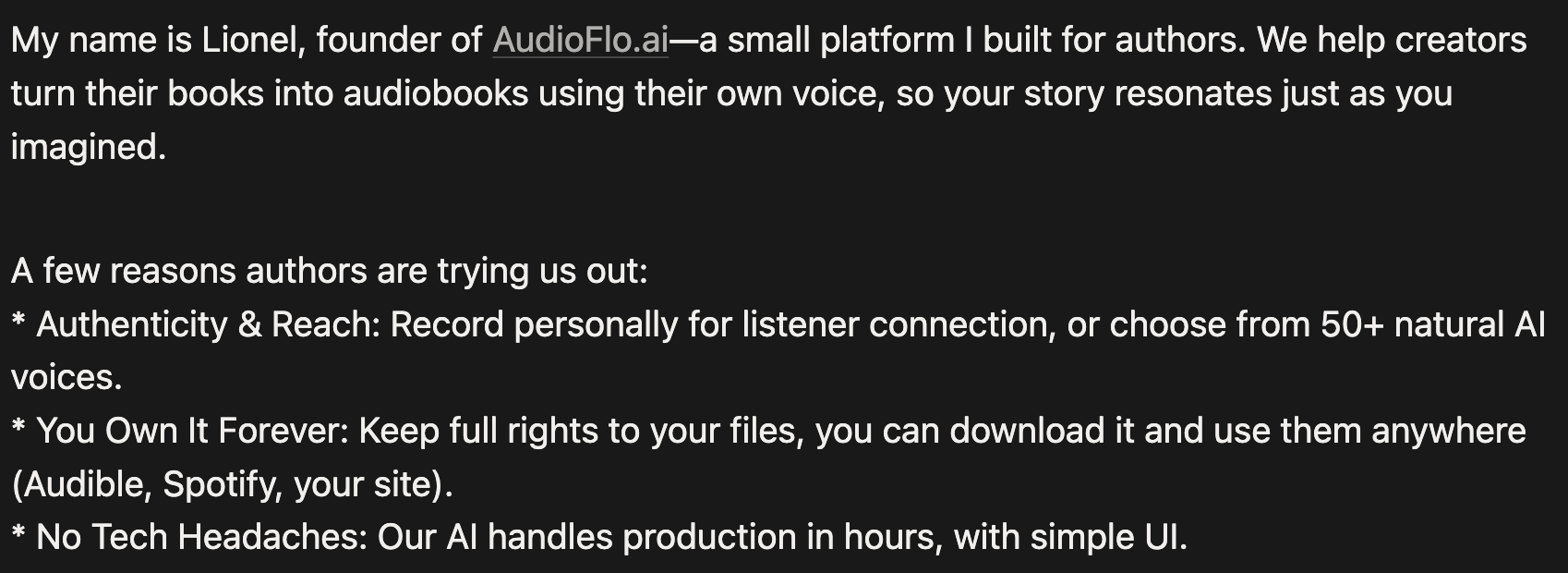
Figure 1: An example of my advertisement post for on the Subreddit r/authors
2. Social Media Platforms
Platforms:

GoodReads

Meta

Why authors come here:
Most of authors use these platforms primarily for marketing. Users are in "pitch mode" and most focus on promoting their own books.
How to do marketing here:
- Sales Boost Education: Show how audio versions can increase book sales
- Discoverability Enhancement: Introduce AudioFlo's Bookstand service for featuring audiobooks
Marketing Campagin Example:

Figure 2: One of the ads from AudioFlo that was released on Instagram
3. Search Engine Marketing
Platforms:
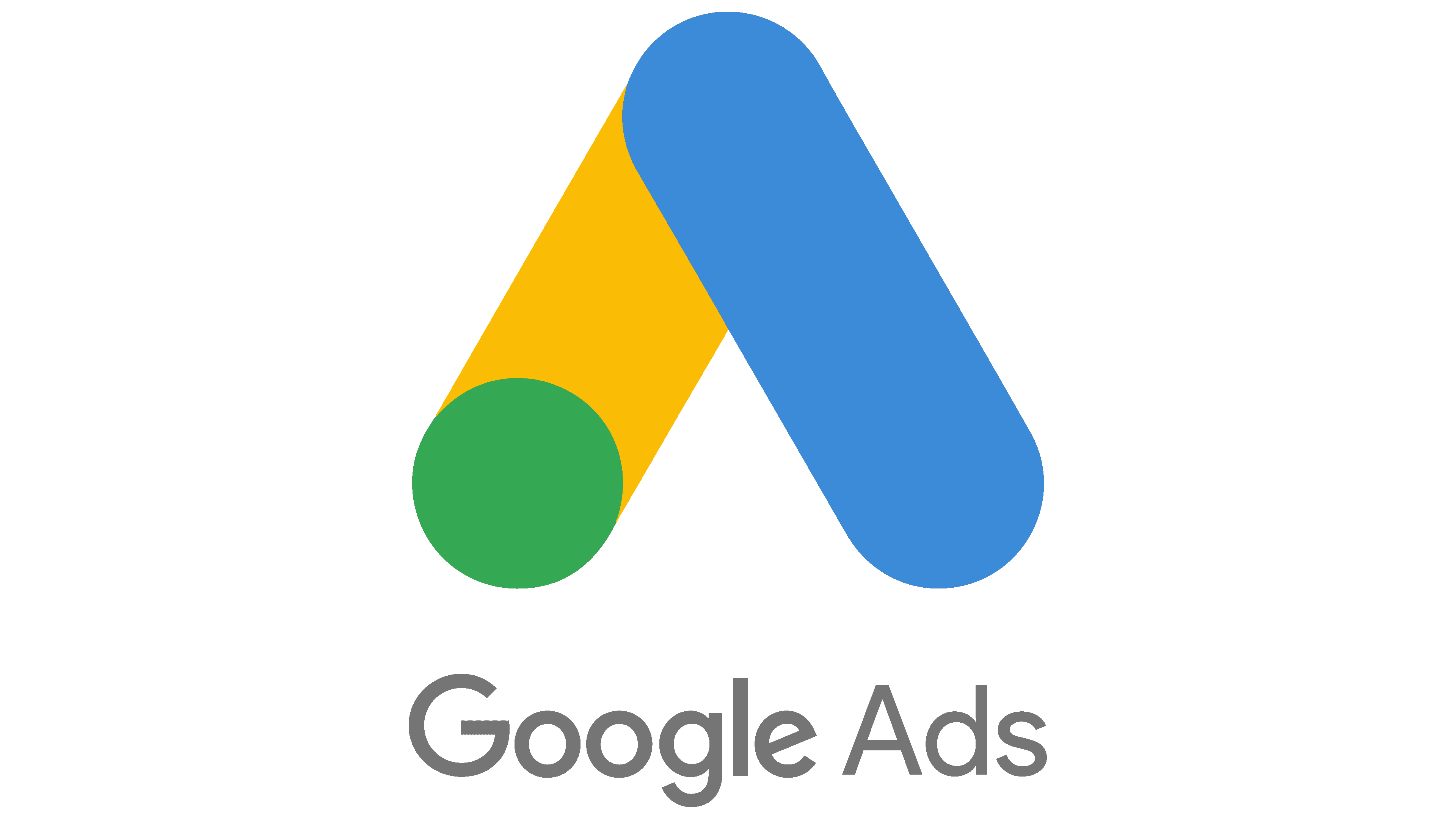
Google Ads
Why authors come here:
Target users actively looking for audio production solutions. Most of them assume it is simple free service
How to do marketing here:
This is a highly effective yet expensive channel. Google's dynamic bidding system puts AudioFlo in direct competition with established players like ElevenLabs and Amazon Digital Voices.
With a limited budget, strategic bidding becomes crucial. I implemented manual bidding strategies and carefully selected keywords to maximize ROI while competing against larger competitors.
Additionally, extensive negative keyword lists help filter out irrelevant traffic, ensuring we reach genuine potential customers rather than casual browsers.
Focus on AudioFlo's Advantages:
- Easy-to-use interface
- Budget-efficient pricing
- High-quality audiobook output
- Free trial availability
Marketing Campagin Example:

Google Ads Keywords
Through carefully manual bidding optimization and strategic keyword selection, AudioFlo achieved an impressive 6.5% click-through rate on Google Ads.
3. Customer Conversion Strategy
Getting users to register is just the beginning of the journey, not the destination. While attracting new sign-ups validates market interest, the real challenge lies in converting these registered users into paying customers. Converting free users to paid subscribers requires building trust, demonstrating clear value, and addressing the specific hesitations that prevent users from upgrading. Through careful analysis of user behavior and strategic conversion tactics, I discovered that successful conversion is less about pushing sales and more about removing barriers that prevent users from seeing the full value of the product.
1. Free Trial
Most SaaS services offer free trials to build trust. Authors typically subscribe to paid plans only after experiencing the free version. This gives users the opportunity to trust both the product and the development team behind it.
2. Quantity vs Quality Philosophy
Never compromise on quality. It's difficult for users to imagine the difference between free and paid services if quality varies. Instead, we compromise on quantity - all AudioFlo features are available to all users, with the same top-quality output. We only restrict the total word count (e.g., first chapter only). This way, users experience our full feature set and are more likely to upgrade to process their entire book.
3. Premium Perks for Paid Customers
We emphasize special perks that make paid customers' books next-level:
Product Benefits:
- Custom voice cloning for personal narration
- Additional credits for longer books
Service Benefits:
- Full guidance for distribution platform submission
- VIP support with manual script editing
- Priority chapter conversion
4. Discoverability Enhancement
Book featuring on AudioFlo website to improve discoverability and reach new audiences.
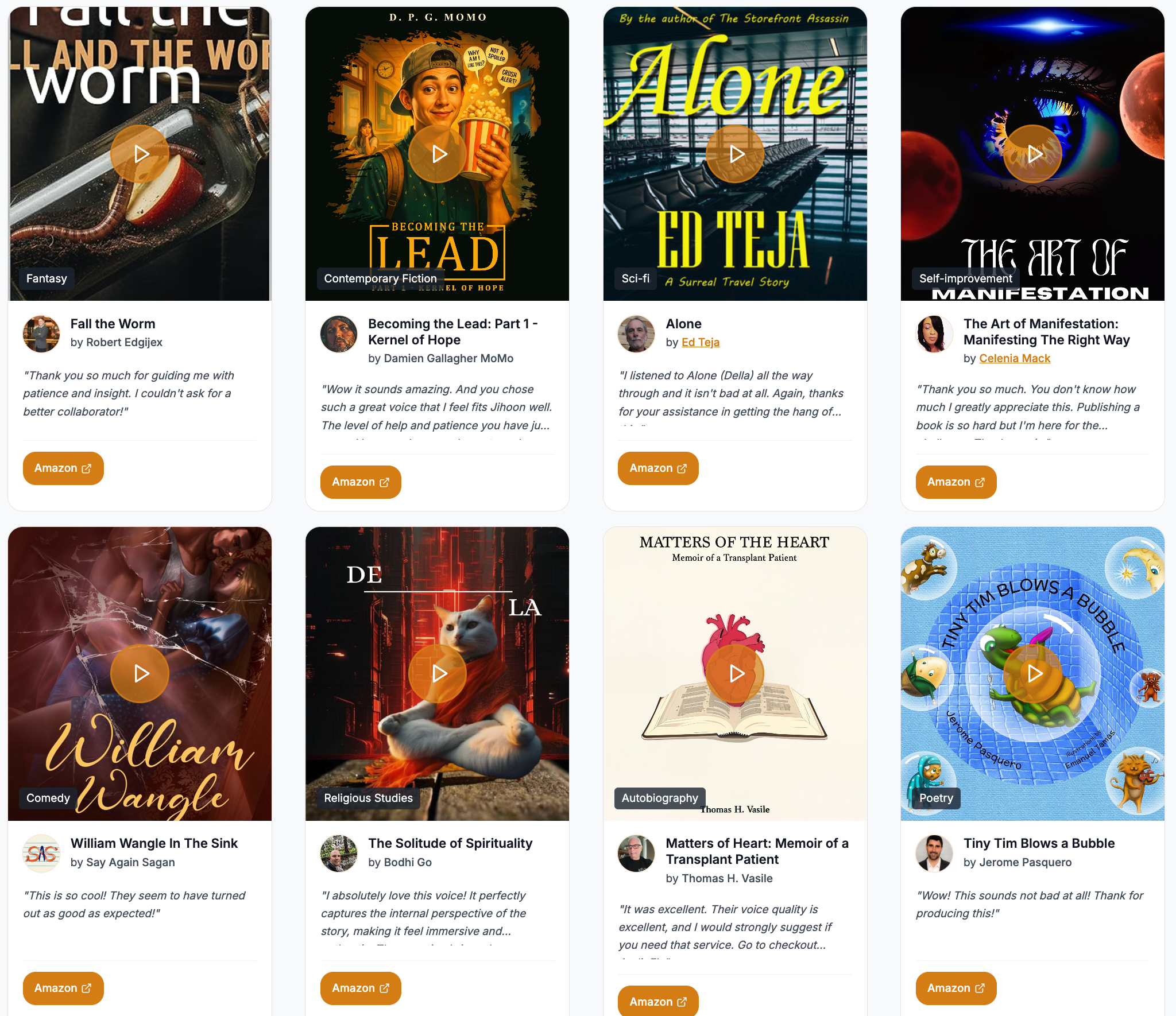
Featured books on Audioflo's website
5. Proactive Customer Support
Most customers have questions. We built an email CRM pipeline that reaches each user after sign-up, providing timely support and guidance throughout their journey.

A thank-you note from one of our users
4. Traffic Monitoring
Deploying marketing campaigns is never a release-and-forget strategy. Active monitoring of customer feedback and rapid iterative adaptation are essential for campaign success. Without continuous oversight, even well-designed campaigns can waste significant budget on unqualified traffic or miss optimization opportunities.
I implemented comprehensive tracking using Google Analytics combined with Google Tag Manager to monitor real-time campaign performance and user behavior. This approach allows me to track specific user events without code changes, from button clicks and form submissions to video plays and feature usage. I can monitor the entire customer journey, from their first landing page visit through account creation, trial usage, and eventual conversion.
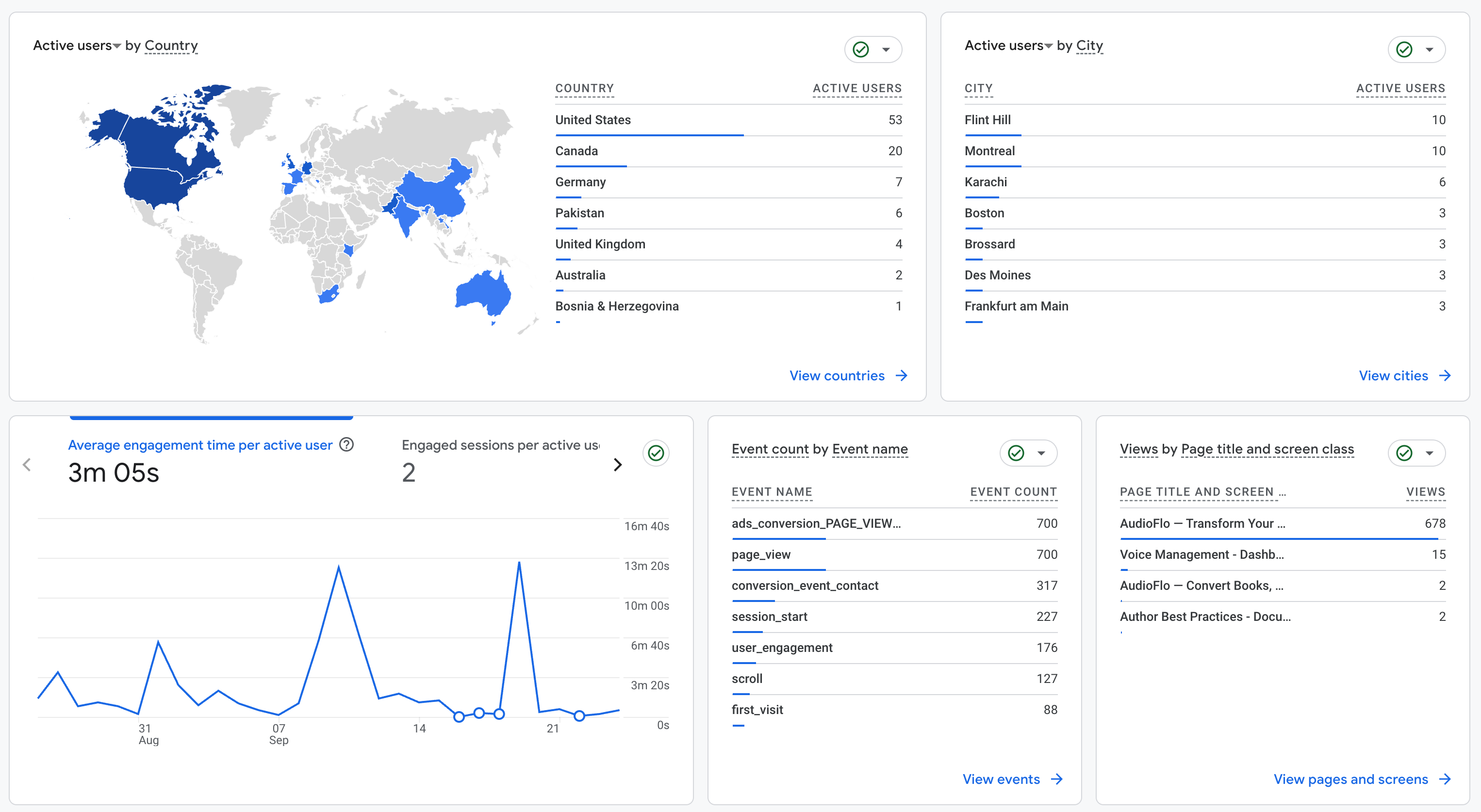
Figure 2: User behavior analytics revealing conversion patterns and engagement metrics
I chose this monitoring approach because it provides granular insights into campaign effectiveness while maintaining flexibility. Google Tag Manager enables rapid deployment of new tracking events as campaigns evolve, while Google Analytics reveals patterns in user behavior that inform both product improvements and marketing optimizations. This data-driven approach helps identify which distribution channels deliver the highest-quality leads and where potential customers encounter friction.
Through this monitoring, I discovered a critical issue: significant bot traffic was consuming my paid advertising budget. Many clicks from paid campaigns showed suspicious patterns - extremely short session durations, unusual geographic distributions, and engagement behaviors that clearly weren't from genuine authors. This bot traffic was wasting both money and time while skewing campaign performance metrics.
To address this problem, I implemented strict filtering criteria for all paid advertising campaigns. I now target only specific device types (desktop and mobile, excluding tablets with suspicious patterns), narrow age ranges that match our author demographic (30-65), and focus on countries where English-language indie authors are most active. These filters dramatically reduced bot traffic, improved campaign ROI, and ensured our marketing budget reaches genuine potential customers who actually need audiobook creation services.
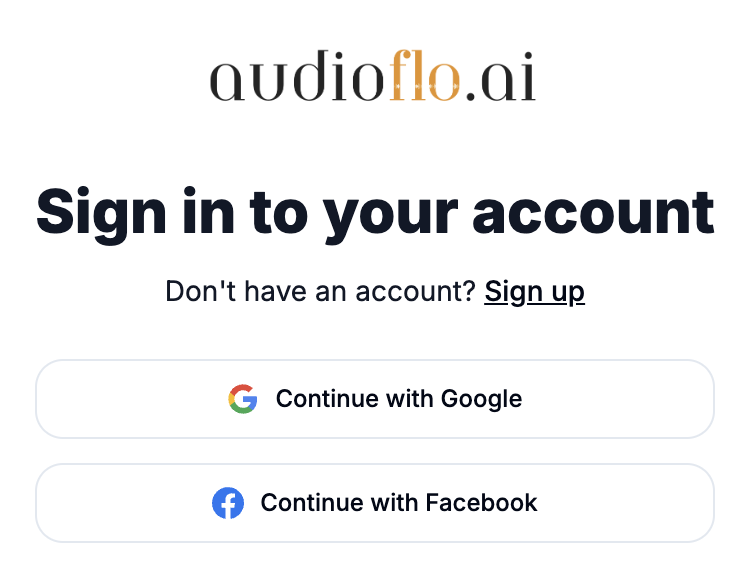
Figure 3: Social login options that improved registration conversion rates
The analytics also revealed another conversion bottleneck: many users spent significant time exploring demos on the landing page but few actually registered. Heat maps showed strong engagement with our voice samples and feature demonstrations, yet the registration rate remained disappointingly low. I soon realized the issue was our email-only registration process, which created unnecessary friction for interested users. I quickly enabled social account login options (Google, and Facebook), and the registration rate spiked immediately. This simple change removed a major barrier and allowed genuinely interested authors to start their AudioFlo journey with minimal effort.
5. CRM Pipeline
Timing is everything in customer relationship management. I leveraged an existing CRM platform to send personalized messages triggered by specific user activities rather than generic scheduled emails. By tracking key moments like first uploads or pricing page visits, we provide timely support exactly when users need guidance during their AudioFlo journey.
Customer Engagement Timeline
- Welcome message upon registration
- Step-by-step guide for first book conversion
- Feedback request on audio sample quality
- Introduction to subscription plan benefits
- Manuscript optimization guidance for audio
- Chapter-level customer support
- Distribution platform submission guidance